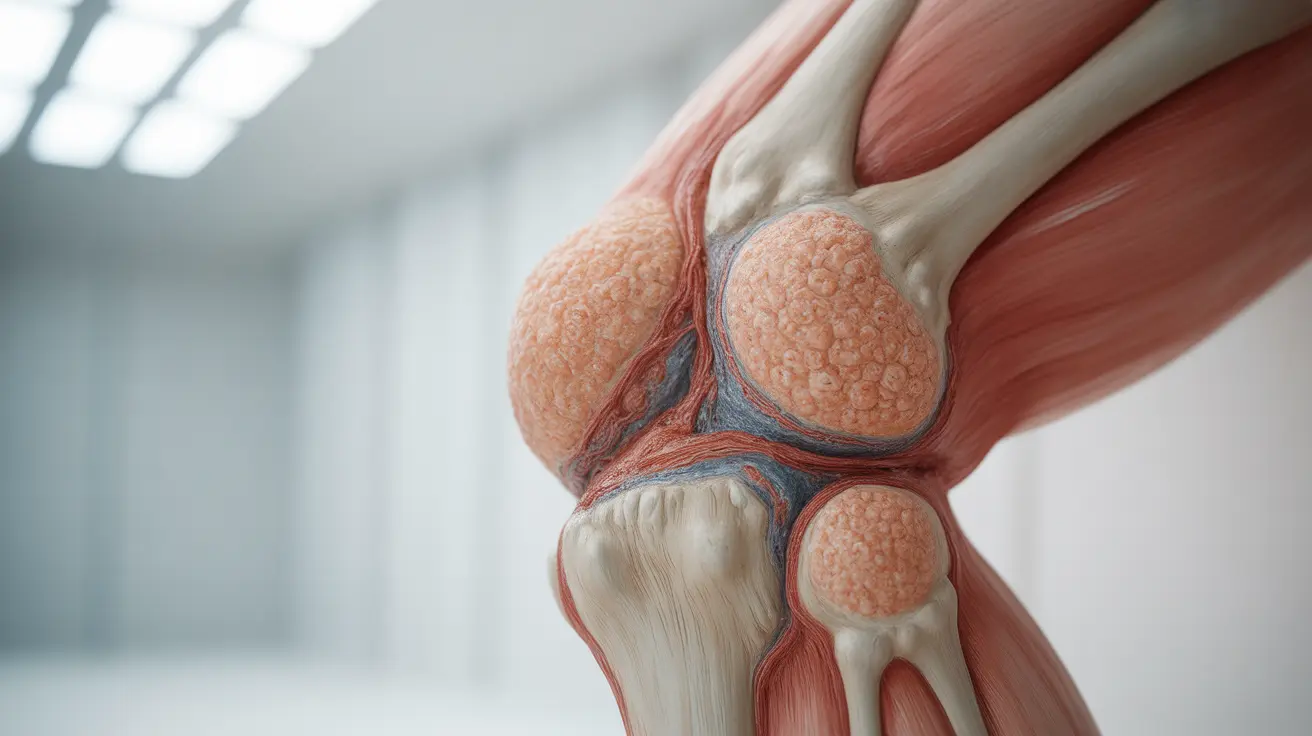Finding a pimple on your knee can be both uncomfortable and concerning. While not as common as facial acne, knee pimples can occur due to various factors including friction, sweat, and blocked hair follicles. Understanding the causes and proper treatment approaches can help you manage this skin condition effectively and prevent future occurrences.
This comprehensive guide will explore the various aspects of knee pimples, from identification to treatment options, helping you make informed decisions about your skin health.
Understanding Knee Pimples: Causes and Types
Knee pimples typically develop when hair follicles become clogged with oil, dead skin cells, or bacteria. Several factors can contribute to their formation:
- Tight clothing causing friction
- Excessive sweating during exercise
- Poor hygiene practices
- Blocked hair follicles
- Bacterial buildup
The knee area is particularly susceptible to pimples due to regular movement, pressure from clothing, and exposure to sweat during physical activities.
Identifying Different Types of Knee Bumps
Not all bumps on the knee are typical pimples. Understanding the different types can help determine the appropriate treatment approach:
Common Pimples
- Small, red bumps
- Whiteheads
- Blackheads
Other Knee Bumps
- Folliculitis
- Cysts
- Boils
- Heat rash
Treatment Options for Knee Pimples
Several effective treatment methods can help address knee pimples:
Over-the-Counter Solutions
- Benzoyl peroxide creams
- Salicylic acid treatments
- Tea tree oil products
- Gentle exfoliating scrubs
Home Remedies
Natural treatments can be effective for mild cases:
- Warm compresses
- Gentle cleansing with mild soap
- Apple cider vinegar solution
- Aloe vera gel
Prevention Strategies
Preventing knee pimples is often easier than treating them. Consider these preventive measures:
- Wear loose-fitting, breathable clothing
- Shower after exercising
- Change out of sweaty clothes promptly
- Keep the knee area clean and dry
- Use non-comedogenic moisturizers
When to Seek Medical Attention
While most knee pimples are harmless, certain signs warrant medical attention:
- Severe pain or swelling
- Spreading redness
- Fever
- Pus or discharge
- Multiple recurring pimples
- Pimples that don't heal within two weeks
Frequently Asked Questions
What causes a pimple to appear on my knee, and is this a common issue? Knee pimples commonly occur due to blocked hair follicles, excess sweating, friction from clothing, and bacteria buildup. While less common than facial acne, they're a normal skin condition that many people experience.
How can I tell if a bump on my knee is a simple pimple or something more serious like a cyst? A typical pimple is usually small, red, and may have a white or black center. Cysts tend to be larger, deeper under the skin, and more painful. If the bump is growing, severely painful, or accompanied by other symptoms, consult a healthcare provider.
What are the best home remedies to treat a pimple on my knee and help it heal faster? Effective home remedies include applying warm compresses, using over-the-counter benzoyl peroxide treatments, keeping the area clean, and avoiding picking or scratching. Tea tree oil and aloe vera can also help reduce inflammation.
Are there any particular skin care habits or choices that can help prevent pimples from forming on my knees in the future? Regular cleansing, wearing breathable fabrics, changing out of sweaty clothes promptly, and maintaining good hygiene practices can help prevent knee pimples. Using non-comedogenic moisturizers and avoiding tight clothing that causes friction can also reduce occurrence.
When should I see a doctor about a pimple on my knee, and what signs suggest it could be infected? Seek medical attention if the pimple is accompanied by severe pain, spreading redness, fever, pus discharge, or doesn't improve within two weeks. These symptoms could indicate infection or a more serious condition requiring professional treatment.




